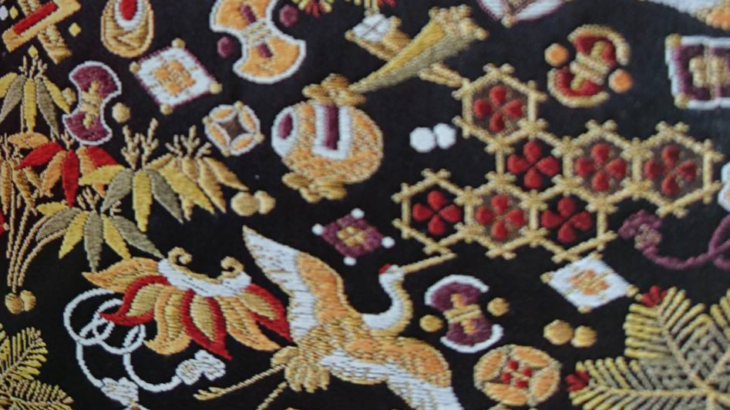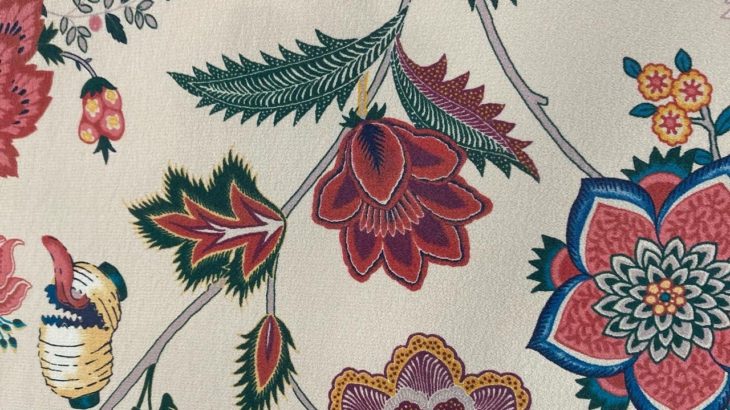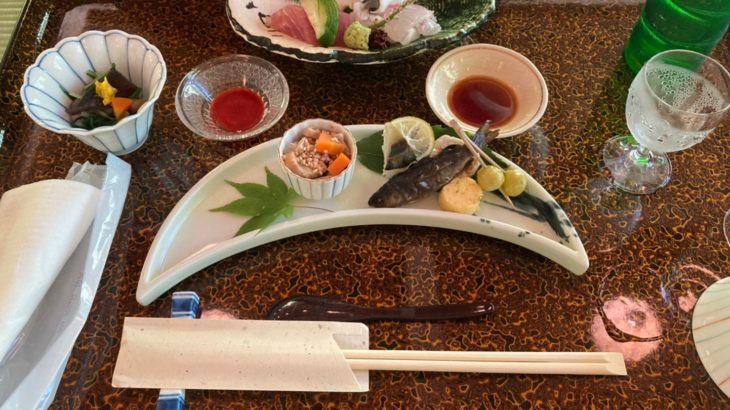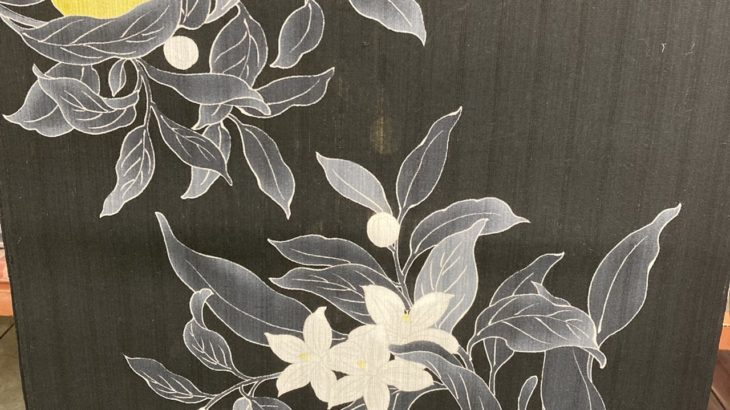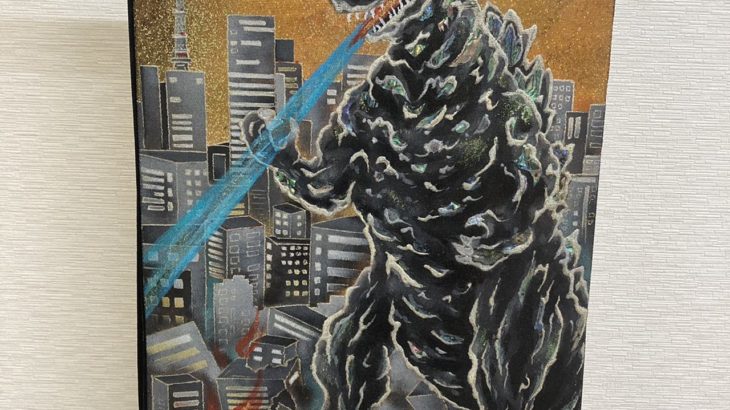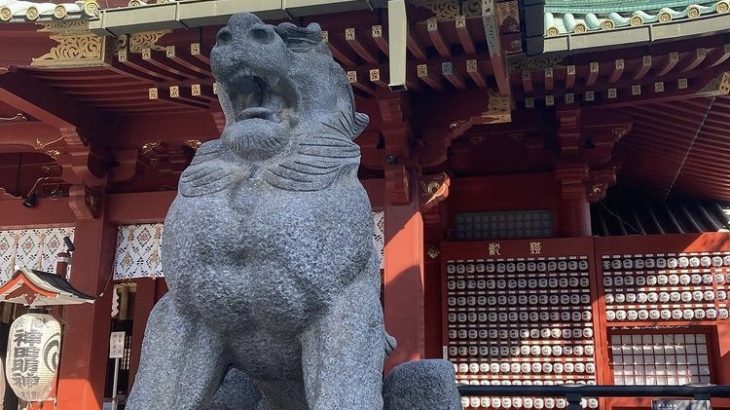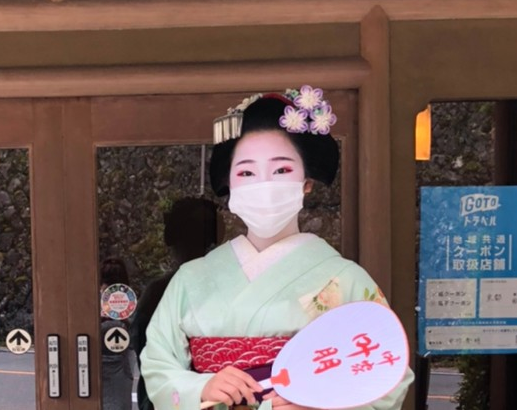Hello, I’m Shinji aka Warashibe Choyja (Straw Millionaire). This time, the Japanese pattern will be Japanese as it was last time. This time, I would like to include a little specialized story that even Japanese people do not know. As an aside, the other day I went to Tokamachi City, Niigata Prefecture for a kimono job. Tokamachi at this time has a lot of snow.


There is also a kimono called “Akashi Chijimi” that uses this snow to make dough using a technique called “Yuki Sarashi”, but I would like to introduce that as well if I have the next opportunity. Let’s return to the story of Japanese patterns.
1. Hakata-ori Kenjyogara(Tribute pattern)
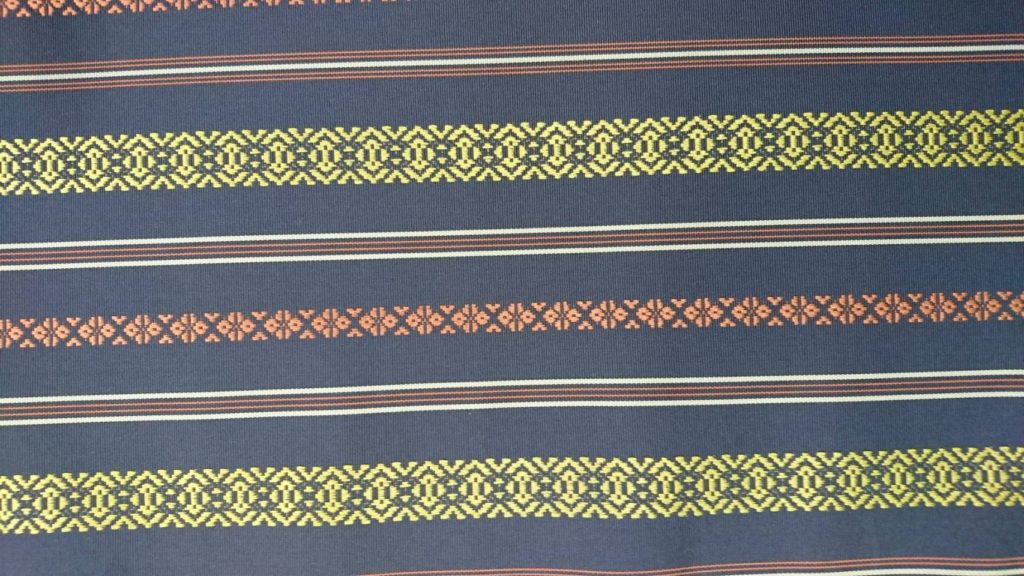
Among Hakata-ori, there is a pattern called a tribute pattern (to give to the lord = ”Kenjousuru” in Japanese). It was named as a gift because Nagamasa Kuroda delivered it to the Edo Shogunate as a gift in 1600 during the Edo period. Although it is not well known in Japan, this pattern has a meaning for each line, so I will introduce it in a little more detail.
1-1 Tokko
Buddhist implements and legal instruments that are said to crush worldly desires. Originally a weapon possessed by ancient Indian gods, it has been designed and used as a Hakata-ori pattern.
1-2 Hanazara(Flower plate)
Like Tokko, this is a stylized plate for the flowers to be scattered when offering a memorial service to the Buddha.
1-3 Oyakoshima(Parent-child stripes)
The thick line represents the “parent” and the thin line represents the “child”, and the thick line is placed so as to sandwich the thin line, meaning “parent protects the child”.
1-4 Koukoushima(Filial piety pattern)

Contrary to the parent-child pattern, thin lines are arranged so as to sandwich the thick line, which means that the child longs for the parent. The parent-child pattern and filial piety express the affection of the parent and child, and the wish for family safety is included.
Next, I would like to introduce a pattern that will become popular in Japan, but many Japanese people do not even know the meaning of the pattern.
2. Takarazukushi(Treasure-Exhaustion)
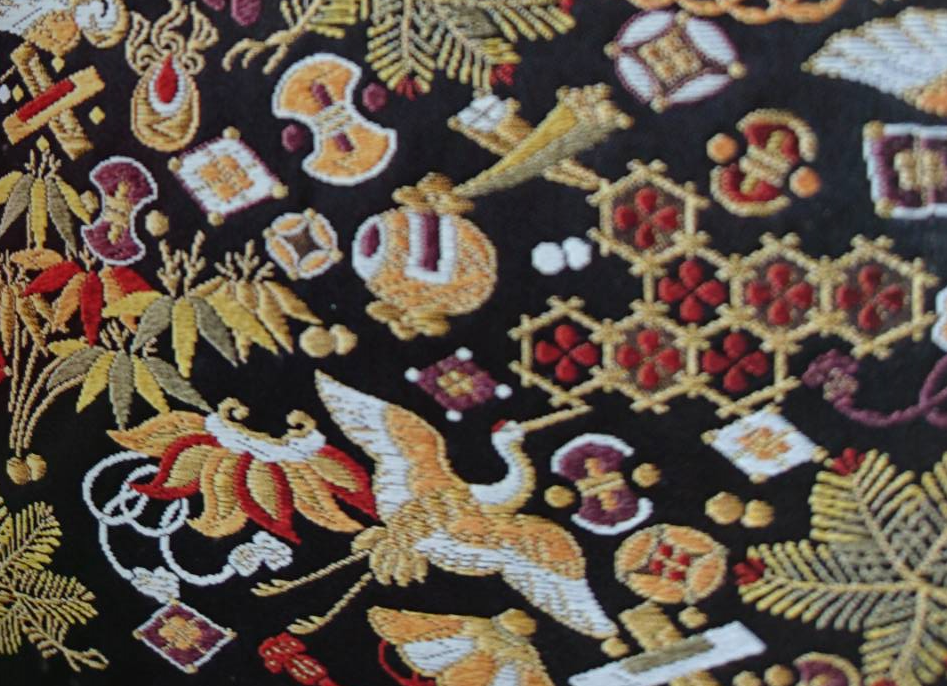
In Japan, there are many words such as “-zukushi”, but it is a word used to collect and express motifs of the same theme. Takarazukushi is a type of auspicious pattern in which various treasures are lined up. It is derived from one of the auspicious ideas of China, such as “Hachiho”. It was introduced to Japan during the Muromachi period (around 1336 to 1573), and was arranged in a Japanese style to become a Takarazukushi pattern. I would like to introduce this in a little more detail.
2-1 Uchidenokozuchi(Mallet that fulfills your wishes)
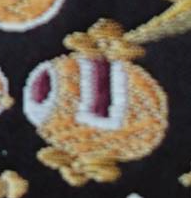
The mallet of “Issunboushi” that appears in Japanese folk tales grows taller when shaken, and the launching mallet of Daikokuten of the Seven Lucky Gods is a lucky mallet that you can get what you want, such as treasure. .. A mallet for hitting an object also means “hit an enemy”.
2-2 Choji(clove)
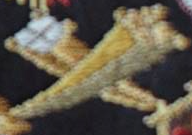
It is a spice clove that came to Japan during the Heian period (794-1192). It can be used for medicinal purposes, fragrances, dyes, clove oil, etc., and has been added to the treasure from its rare value.
2-3 Shippou(Seven treasures)
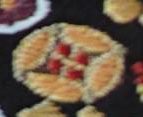
This is the content introduced in the previous Japanese pattern part 1. Shippou of Takarazukushi is sometimes called “Shippouchigai” because the rings intersect and connect.
2-4 Fundou(Counterweights)
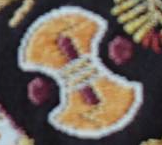
The weight used to weigh things with a scale is called Fundou in Japanese. There are also square ones made of iron, etc., but when using them for currency exchange, the beautiful ones made of gold and silver and the left and right sides of the circle are constricted are the ones that were designed as patterns at that time.
2-5 Kincyaku(drawstring purses)
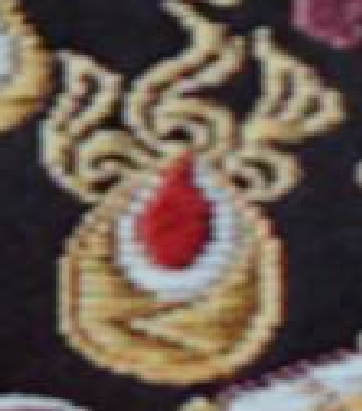
A bag that holds amulets, money, and fragrances. It is made of a beautiful cloth called Donsu or Nishiki and the mouth is tied with a string. Although the material has changed, drawstring purses are still sometimes used with kimonos.
2-6 Houkan & Makijiku(Treasure scroll & Secret scroll)
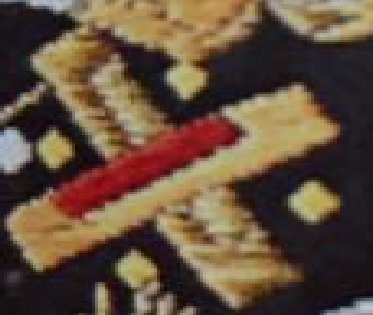
Houkan is written with a thankful sutra, and Makijiku is written with secrets. The representation of these two cylinders is stylized and drawn in Takara Zukushi.
2-7 Kakuregasa(Umbrella that my appearance disappears)
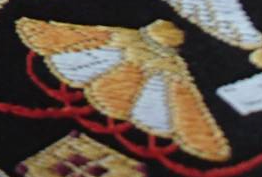
A pattern called Kakuremino is also written, and Mino and Kasa protect themselves from rain and cold. It is said that Kakuremino and Kakuregasa are worn by tengu, and if they are worn, they will not be visible to others.
3. Syochikubai(Pine bamboo plum)
This time, in the pattern I wrote in Takarazukushi, there are “pine”, “bamboo” and “plum” which are known as Japanese lucky plants, and they are collectively called Syochikubai. In Japan, the pattern of Syochikubai is included in the formal wear such as tomesode, furisode, visiting clothes, and the obi that matches it as a long-standing pattern. This time, I would like to introduce the meaning of each.
3-1 Matsu(Pine)
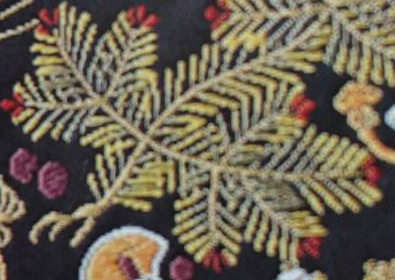
Even in the coldest weather, pine trees that keep green have the meaning of immortality and longevity, and even if the leaves die and fall, they do not separate as pine needles, so it is a pattern that is familiar to the couple in terms of well-being.
3-2 Take(Bamboo)
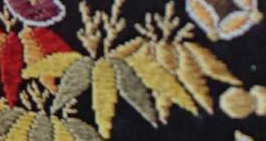
Bamboo, which grows straight and straight, has the meaning of a pattern that prays for the growth of the child, and is also used as a pattern to protect against evil because it lithely passes the wind and rain.
3-3 Ume(Plum)
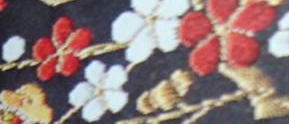
Plums that bloom beautiful flowers in the early spring and cold. A flower is a pattern used to mean prosperity of descendants because it leaves large fruits even if it is scattered.
Matsutake mushrooms (mushrooms that grow in red pine), bamboo shoots (young bamboo shoots that grow from the soil), and pickled plums (plum fruits salted) have long been the meaning of lucky charms. maybe. In Japan, there has been a lot of wordplay called Gen-katsugi since ancient times, and many of these are also found in kimono and tea ceremony. I hope that it will continue to be well communicated to overseas people.
